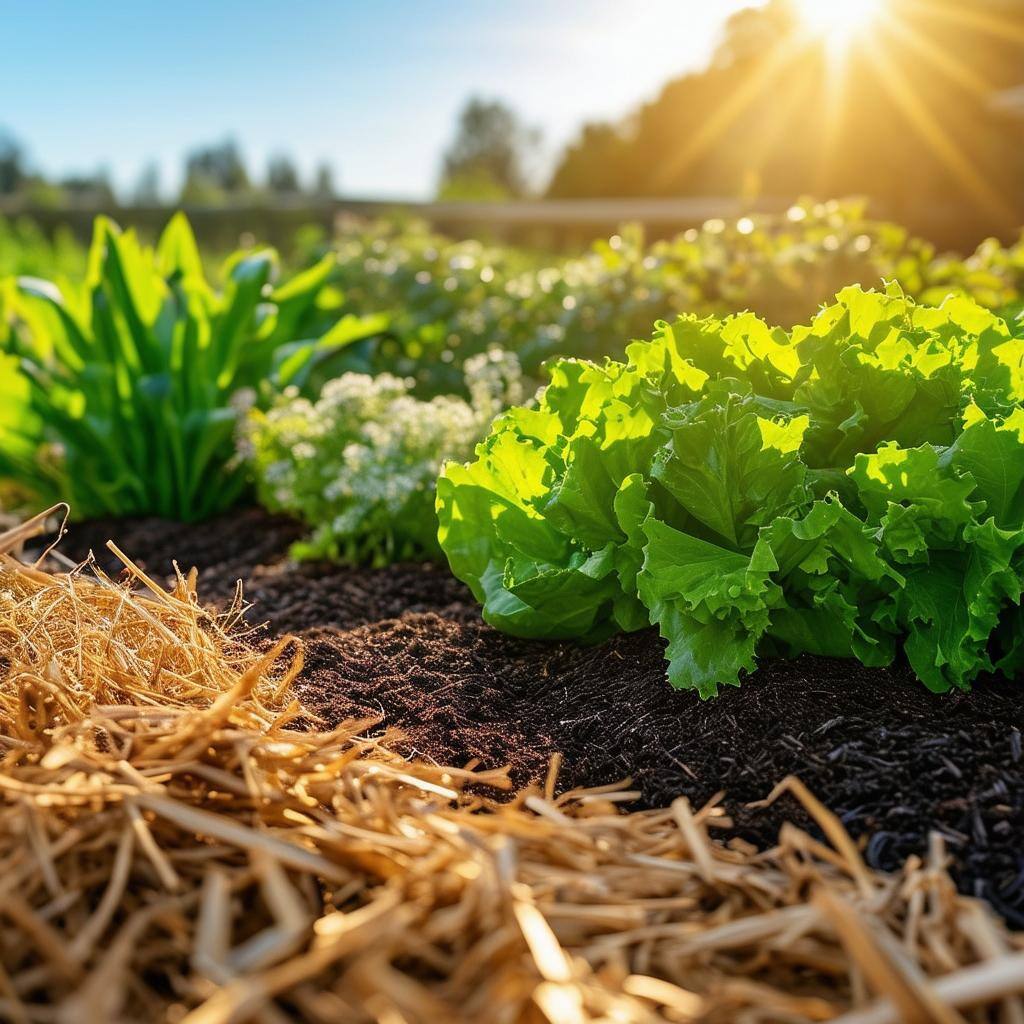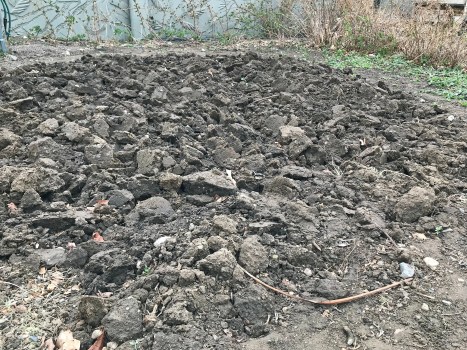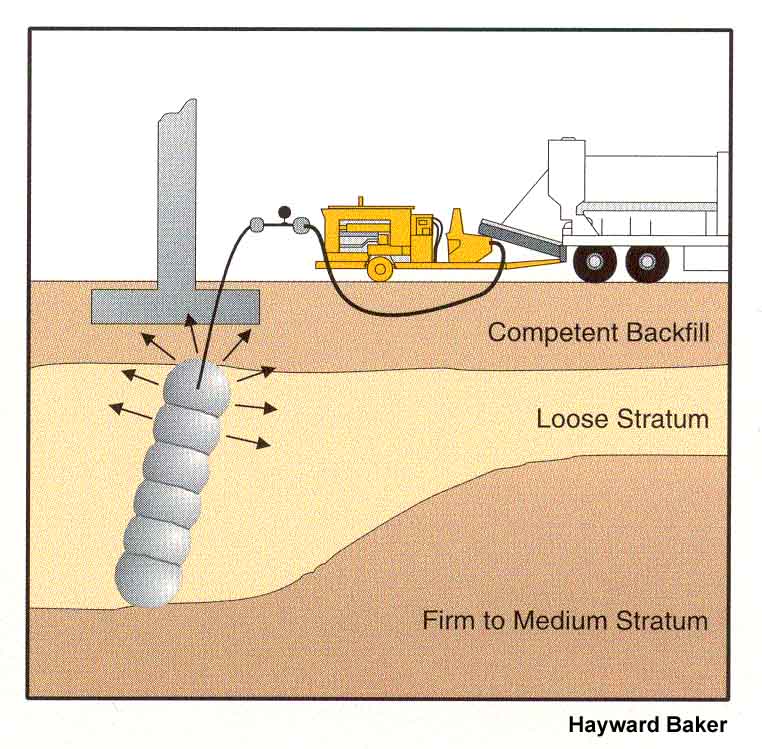Tackling the Challenges of Gardening in Sandy Soil

Gardening in sandy soil often feels like a tough challenge. Although sandy soil offers quick drainage and warms up faster in spring—beneficial traits for certain plants—it typically struggles to retain moisture and nutrients long enough to support healthy growth. Gardeners may observe plants wilting, poor soil fertility, and inconsistent development in these conditions. The good news is that by enriching sandy soil with the right amendments, you can improve its water retention, nutrient content, and overall structure. This guide will explain why sandy soil requires improvement, highlight the best amendments to use, and show how to apply them effectively to cultivate a vibrant, productive garden.
Why Sandy Soil Benefits from Amendments

Sandy soils consist of large particles that resist compaction. While this promotes excellent drainage, it also leads to several drawbacks:
- Rapid Water Drainage: Water quickly passes through, leaving plants thirsty.
- Nutrient Loss: Vital minerals such as nitrogen, potassium, and magnesium are easily washed away.
- Fragile Soil Structure: Sandy soil struggles to retain organic matter, which diminishes microbial activity and root support.
- Low Organic Matter: Compared to loamy soils, sandy soils often lack natural fertility.
Adding amendments helps counterbalance these issues by enhancing moisture and nutrient retention without sacrificing drainage.
Top Amendments to Improve Sandy Soil

- Compost – The Versatile Enhancer
Compost stands out as the most effective amendment for sandy soil. It introduces organic matter that binds loose sand particles, boosting both water retention and nutrient availability.
- Acts like a sponge to hold moisture.
- Nourishes beneficial soil microbes.
- Supplies nutrients gradually over time.
Application: Spread 2–3 inches of compost on the surface and mix it into the top 8–10 inches of soil annually.
- Aged Manure – A Fertility Powerhouse
Well-decomposed manure enriches soil fertility and improves texture. Unlike fresh manure, aged manure is safe for plants and won’t harm roots.
- Adds essential nutrients: nitrogen, phosphorus, and potassium.
- Stimulates microbial life.
- Helps bind sand particles for better soil cohesion.
Application: Apply 1–2 inches in fall or early spring, incorporating it into the soil.
- Coconut Coir – Eco-Friendly Moisture Retainer
Derived from coconut husks, coir is a sustainable alternative to peat moss.
- Retains moisture up to ten times its weight.
- Enhances soil aeration and reduces compaction.
- Has a neutral pH, unlike acidic peat moss.
Application: Soak coir bricks in water to expand, then mix into soil at 20–30% volume.
- Peat Moss – Traditional Organic Matter
Peat moss has long been used to amend soil, though it’s less sustainable than coir.
- Effectively holds water.
- Improves soil texture by binding sand.
- Slightly acidifies soil, beneficial for acid-loving plants like blueberries and azaleas.
Application: Incorporate 2–3 inches into the top 6–8 inches of soil, but avoid overuse to prevent excessive soil acidification.
Biochar – Advanced Soil Enhancer

Biochar is a specially processed charcoal designed to boost soil health. Its porous nature helps trap vital nutrients and moisture, enhancing soil fertility. Key advantages include:
- Locks in nutrients, reducing their loss through leaching.
- Provides a habitat for beneficial soil microorganisms.
- Increases soil carbon levels over the long term.
Usage tip: Blend biochar with compost first to “charge” it with nutrients, then incorporate it into soil at about 5–10% of the soil volume.
Green Manures & Cover Crops – Nature’s Soil Builders
Growing cover crops such as clover, rye, or alfalfa in sandy soils naturally enriches the soil with organic matter. Benefits include:
- Roots contribute organic material and enhance soil structure.
- Helps prevent erosion, especially in sandy soils vulnerable to wind.
- Adds nitrogen to the soil when legumes are planted.
How to apply: Sow cover crops in the fall and till them into the soil before planting in spring.
Vermicompost (Worm Castings) – Nutrient-Rich Microbial Booster
Worm castings are packed with nutrients and beneficial microbes, making them ideal for improving sandy soil fertility. Benefits:
- Supplies essential nutrients in forms readily absorbed by plants.
- Enhances soil aggregation and water-holding capacity.
- Stimulates microbial activity.
Application: Mix vermicompost at 10–20% into your soil or use it as a top dressing around plants.
Chopped Leaves or Grass Clippings – Simple Organic Matter Source
Common organic materials like shredded leaves or grass clippings enrich sandy soils while helping balance drainage. Benefits:
- Provides a slow-release source of organic matter.
- Mulching with these materials reduces water evaporation.
- Encourages earthworm activity.
Usage: Incorporate chopped leaves into soil during fall or apply grass clippings as mulch throughout the growing season.
Gypsum (Calcium Sulfate) – Enhancer of Soil Structure
Though not organic, gypsum improves sandy soil by promoting aggregation and supplying calcium. Benefits:
- Adds calcium and sulfur nutrients.
- Helps reduce sodium accumulation, especially in coastal sandy soils.
- Modestly improves soil texture.
How to use: Apply based on soil test recommendations; avoid overuse.
Mulch Layers – Conserving Surface Moisture
Organic mulches like straw, bark, or pine needles don’t directly amend sandy soil but significantly reduce moisture loss. Benefits:
- Keeps soil temperature cooler and limits evaporation.
- Gradually decomposes, adding organic matter.
- Shields soil from wind erosion.
Application: Spread a 2–3 inch layer over planting beds, ensuring mulch does not touch plant stems.
Best Practices for Applying Soil Amendments
- Begin with Soil Testing: Sandy soils often lack key nutrients; testing identifies deficiencies.
- Incorporate Deeply: Mix amendments into at least 8–12 inches of soil for lasting effects.
- Annual Application: Sandy soils lose organic matter quickly, so yearly replenishment is crucial.
- Combine Amendments: Using a mix like compost, biochar, and coir creates an optimal balance of fertility and moisture retention.
- Finish with Mulch: Always cover sandy soil with mulch to minimize evaporation and protect soil health.
Ideal Crops for Enhanced Sandy Soil
When properly enriched, sandy soils can become highly productive, especially for plants that prefer well-drained conditions and dislike soggy roots. Excellent options include:
- Root Vegetables: Carrots, radishes, potatoes
- Herbs: Rosemary, thyme, sage, oregano
- Fruits: Watermelons, cantaloupes, strawberries
- Vegetables: Lettuce, zucchini, tomatoes (best grown with added compost)
Final Insights
Though sandy soil might initially seem difficult to cultivate, with consistent amendments it transforms into a fertile, balanced growing environment. The secret lies in regularly incorporating organic materials and nurturing soil life. Using additions like compost, manure, biochar, and coconut coir improves moisture retention and curbs nutrient loss. By blending these amendments and replenishing the soil annually, sandy ground can evolve from a challenging medium into a thriving, resilient garden bed capable of supporting diverse crops.
Challenges of Sandy Soil
- Drains quickly and warms fast but struggles to retain water and nutrients
- Causes wilting, poor fertility, and uneven plant growth
- Composed of large particles leading to poor water retention, nutrient leaching, weak structure, and low organic content
Why Amend Sandy Soil?
- Improves moisture and nutrient retention while maintaining drainage
- Enhances soil structure and supports microbial life
Top Soil Amendments for Sandy Soil
- Compost: Adds organic matter, retains water, feeds microbes, slow nutrient release; apply 2–3 inches mixed into top 8–10 inches annually
- Aged Manure: Boosts fertility and texture; apply 1–2 inches in fall or early spring
- Coconut Coir: Sustainable moisture retainer, improves aeration; mix 20–30% volume after soaking
- Peat Moss: Holds water, improves structure, acidifies soil slightly; use 2–3 inches in top 6–8 inches cautiously
- Biochar: Retains nutrients, supports microbes, adds carbon; mix 5–10% volume with compost before soil application
- Green Manures & Cover Crops: Add organic matter, reduce erosion, fix nitrogen; plant in fall and till before spring
- Vermicompost (Worm Castings): Nutrient-rich, improves aggregation and microbes; mix 10–20% into soil or top dress
- Chopped Leaves/Grass Clippings: Provide slow-release organic matter, reduce evaporation, encourage earthworms; work into soil or mulch
- Gypsum: Adds calcium and sulfur, reduces sodium, improves structure; apply based on soil test
- Mulch Layers: Reduce evaporation, cool soil, add organic matter over time; spread 2–3 inches avoiding plant stems
Effective Amendment Application
- Test soil to identify nutrient needs
- Mix amendments deeply (8–12 inches)
- Amend annually due to rapid organic matter loss
- Combine amendments for balanced fertility and moisture
- Use mulch to conserve moisture
Best Crops for Amended Sandy Soil
- Root crops: carrots, radishes, potatoes
- Herbs: rosemary, thyme, sage, oregano
- Fruits: watermelons, cantaloupes, strawberries
- Vegetables: lettuce, zucchini, tomatoes (with compost)
Summary
- Sandy soil can be transformed into fertile, well-balanced garden soil
- Consistent addition of organic matter and proper amendments improves water retention and nutrient availability
- Combining compost, manure, biochar, and coir supports a productive, resilient garden environment
